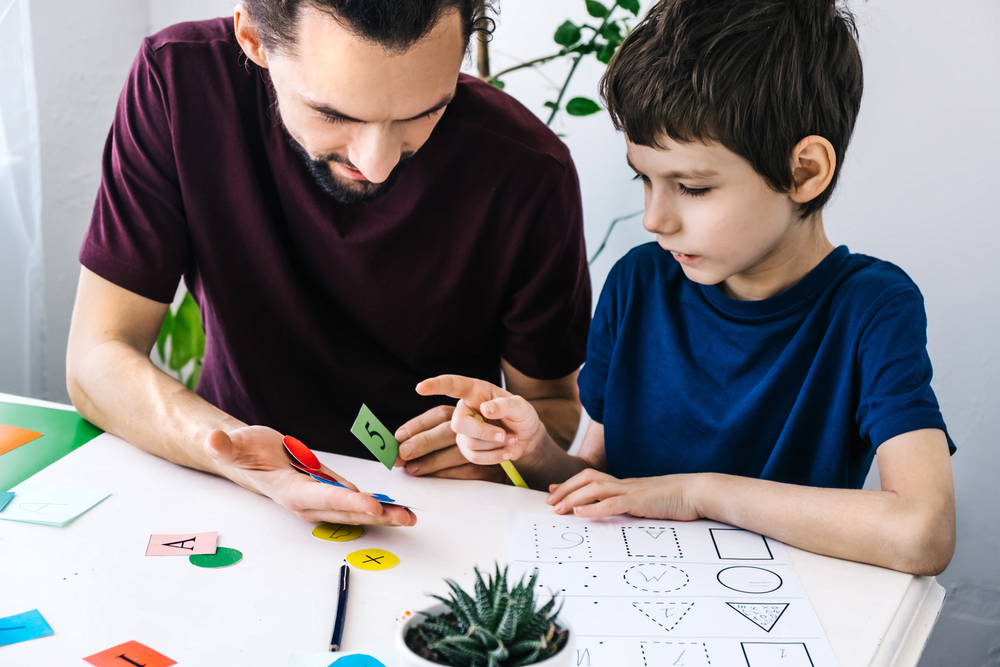
Children don’t always know how to explain when something isn’t right with their vision. In many cases, they assume everyone sees the world the same way they do. As a parent, it’s important to recognize the signs that could indicate a vision problem and ensure your child receives the care they need for healthy visual development.
Common Eye Conditions in Children
Some of the most common eye conditions in children include:
Myopia (Nearsightedness): Objects at a distance appear blurry. This condition is increasingly common among school-aged children.
Hyperopia (Farsightedness): Difficulty focusing on nearby objects.
Astigmatism: Causes distorted or blurred vision at all distances due to an irregularly shaped cornea.
Amblyopia (Lazy Eye): One eye doesn't develop normal vision, often due to a significant difference in prescription between the two eyes.
Strabismus (Crossed Eyes): Eyes are not aligned properly and may point in different directions.
These conditions, when left unaddressed, can impact your child’s ability to read, write, learn, and even participate in sports.
Signs Your Child May Be Struggling to See
Not all children can articulate vision problems, but you can watch for subtle (and not-so-subtle) cues that something is off, such as:
Squinting or tilting the head
Frequent eye rubbing
Sitting too close to the TV or holding books very close
Complaints of headaches or tired eyes
Difficulty with reading or poor academic performance
Trouble maintaining eye contact
Wandering or crossed eyes
Excessive blinking or tearing
If you notice any of these signs, it’s a good idea to schedule a pediatric eye exam.
Why Early and Regular Pediatric Eye Exams Are Essential
Your child’s eyes develop quickly in the early years, making regular eye exams an essential part of their healthcare. These exams play a vital role in detecting and addressing vision problems before they interfere with learning or development.
Early detection is one of the biggest benefits of routine eye exams. Conditions like myopia (nearsightedness) or amblyopia (lazy eye) are much easier to manage when caught early. With timely intervention, treatments are often more effective and can help prevent long-term vision issues.
Eye exams also ensure that your child receives the vision correction they need. If your child requires glasses or contact lenses, improving their vision can significantly enhance their academic performance, social confidence, and participation in everyday activities.
For children who are developing myopia, early eye exams also open the door to myopia management options. Treatments like specialty contact lenses or low-dose atropine eye drops can help slow the progression of nearsightedness, preserving better vision over time.
It’s important to note that even if your child passes a basic vision screening, it doesn’t replace a comprehensive eye exam at an optometry clinic. These in-depth exams evaluate not just clarity of vision, but also eye health, focusing ability, eye teaming, and other critical aspects of visual development.
Prioritize Your Child’s Vision for the School Year Ahead
Healthy vision is essential for your child’s growth, learning, and confidence. Summer break provides a perfect window to schedule your child’s eye exam without disrupting school routines. It also ensures that any necessary treatment can be started before the new school year begins. Booking early helps you avoid the late-summer rush and guarantees your child will be ready to succeed in the classroom and beyond.
Schedule your child’s back-to-school eye exam at Inland Family Optometry to ensure clear vision they need to thrive. Visit our office in Chino, California, or call (909) 345-9809 to book an appointment today.













